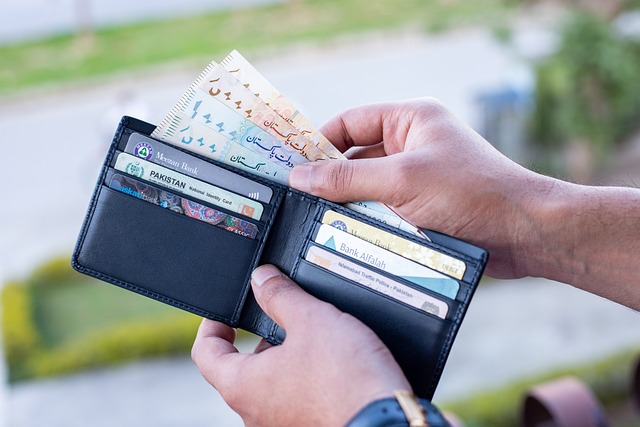In the world of photography, capturing that perfect shot is an exhilarating experience that resonates deeply with both budding and professional photographers. Every click of the camera encapsulates emotions, stories, and a moment in time that could be cherished forever. However, amidst the excitement of framing a scene or adjusting the optics for that ideal shot, one crucial element should not be overlooked: the model release form.
A model release is more than just a piece of paper; it represents a mutual understanding between the photographer and the subject. When you photograph someone—be it a friend, a family member, or a stranger on the street—you’re not just capturing their likeness, but also their identity and, in some cases, their personal brand. This is where the importance of a model release comes into play.
Imagine a striking portrait, the kind that tells a compelling story. You skillfully adjusted your camera settings, played with the light, and captured a shot that truly reflects your artistic vision. But without obtaining a signed model release, you could find yourself in a legal quagmire. A model release grants you the rights to use that image commercially, ensuring you can share your work widely without worrying about infringing on someone’s privacy or rights.
As photographers, we often get lost in the technicalities of optics—how to achieve the sharpest focus or the most dynamic range in our images. While these skills are essential to mastering photography, understanding the legalities that govern our art form is equally important. A well-drafted model release not only protects your rights as a photographer but also establishes trust and transparency with your subjects. They will appreciate knowing how their image will be used, generating a sense of assurance that fosters a positive working relationship.
Moreover, in the age of social media, where images can go viral in an instant, the implications of not having a model release can be dire. Consider the potential reputational damage if a subject feels their image has been misused or exploited. By being proactive and securing a model release, you mitigate these risks and demonstrate your professionalism.
When preparing to take a picture, artists often envision the final piece even before pressing the shutter. This creative foresight must also encompass the ethical implications of photography. Respecting your subjects and treating them as partners in your artistic vision will lead to more genuine and impactful images. Always incorporate a model release into your workflow, ensuring that both you and your subjects feel secure and respected.
Furthermore, many commercial photography projects require model releases as a necessity. Whether you are shooting advertising campaigns, stock images, or editorial content, obtaining a model release is often a precondition for featuring a subject’s likeness. Many clients won’t even consider using an image that lacks the proper permissions, which could hamper your career growth as a photographer. By understanding and valuing the model release, you align yourself with industry standards and open up numerous professional opportunities.
In conclusion, a model release form is essential in photography for legal, ethical, and professional reasons. It is a small investment of time that can save you from potential headaches down the line, ensuring that your creative expression is protected and respected. Always prioritize obtaining a model release, and watch as both your confidence and artistic endeavors flourish in the world of photography.




